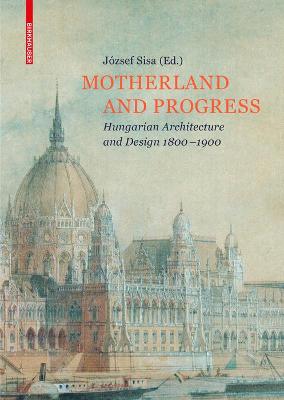In the 19th century Hungary witnessed unprecedented social, economic and cultural development. The country became an equal partner within the Dual Monarchy when the Austro-Hungarian Compromise of 1867 was concluded. Architecture and all forms of design flourished as never before. A distinctly Central European taste emerged, in which the artistic presence of the German-speaking lands was augmented by the influence of France and England. As this process unfolded, attempts were made to find a uniquely Hungarian form, based on motifs borrowed from peasant art as well as real (or fictitious) historical antecedents.
"Motherland and Progress" - the motto of 19th-century Hungarian reformers - reflected the programme embraced by the country in its drive to define its identity and shape its future.
- ISBN10 3035610096
- ISBN13 9783035610093
- Publish Date 22 November 2016 (first published 21 November 2016)
- Publish Status Active
- Publish Country CH
- Imprint Birkhauser
- Format Hardcover
- Pages 996
- Language English
- URL https://degruyter.com/isbn/9783035610093
